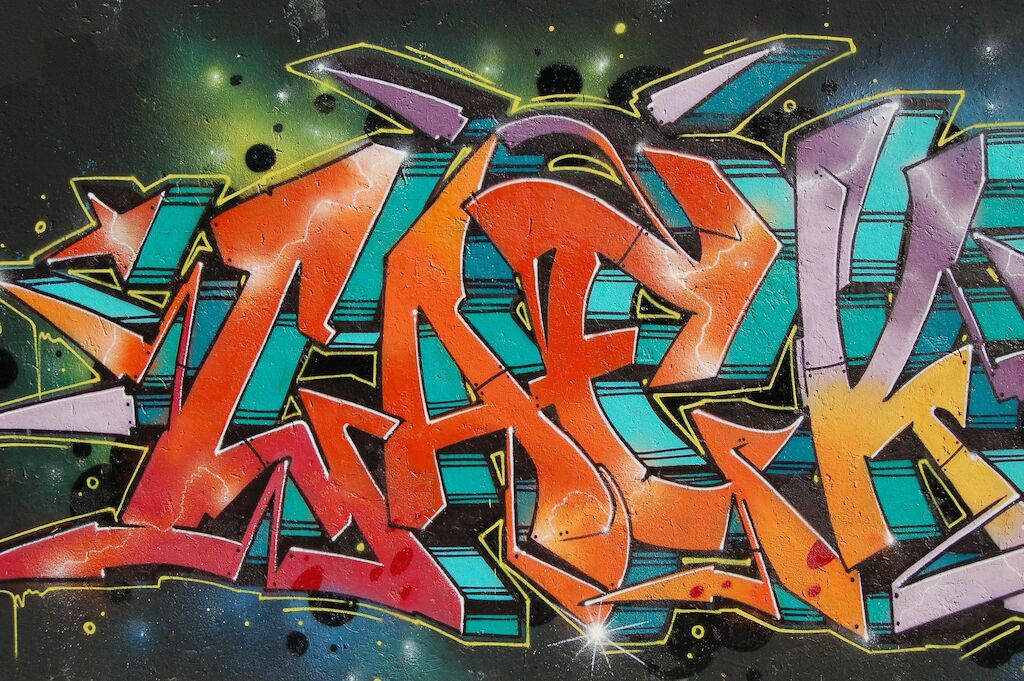Imagine your MacBook with an engraved banana. Or your Mercedes with a shiny crescent moon. And imagine Coca-Cola old and grumpy. Slightly irritating ideas, aren’t they? These alone prove what design is able to do to us. And furthermore, that design not only supports the success of a brand but makes it happen in the first place.
Design in my parents’ understanding was a synonym for inventive, witty, and elusive forms. Accordingly, the archetype of a designer would be a kind of Karl Lagerfeld who devotes himself to superficiality — far away from reality. It’s an understanding widely held in the view a lot of corporations. Up until today.
Because today the wide interest in design is booming and blooming more than ever. And in course of brand inflation, globalization, and digitalization, we suddenly begin to understand what design can do and achieve.
In the context of branding, design’s first purpose is differentiation in the market and consistency in visual appearance. Logo, colors, pictures, and typeface ensure a consistent look and feel. It’s what makes a brand unique. Design therefore is the visual voice of corporations and their brand strategy. But that’s only the beginning. Because design is more than just the little black dress. It’s method, monitor, and driving force for identity and transformation. So it’s about high time to exploit what design has to offer.
Design Is Intention
Design is creation with an intention: form follows function. And as the form can only be as good as the plan behind it, design allows valuable conclusions on the underlying concept — the brand strategy. Design therefore is the testing instance of the strategy. So in the moment of presenting a new brand identity, it’s not (only) about applauding the creativity of the designer but celebrating the strategy and that it has come successfully to life through design.
Design Is Holistic
Design not only has a goal but also the route in mind. Design is a specific way of thinking and rethinking that manifests itself in the making of. Design wants to be done, and thereby turns action into a way of thinking.
“The hand knows more than the head,” as the Swiss literary scholar Peter von Matt stated it. And by that points out the power of the process and that while writing the first sentence, the second one automatically follows.
This quality of doing things is transferable to the branding process. It’s in the moments when working with visual devices, trying out, rejecting, and debating new ideas over and over again — in moments when working with the head, heart, and hand that you find the solutions, solutions that seemed unimaginable just a few hours ago.
Design Is Driving Force
Last but not least, design has the power to spark profound processes of change. Because design gets things done. It gets down to business. When redesigning a brand, things are automatically stirred up, thrown over, and refined. Design therefore is the perfect and highly potent tool for people and organizations that want and need change.
This driving force during branding processes can be somewhat infectious. Suddenly nothing seems to be impossible anymore. Even topics that were locked up in a drawer for decades are now taken out and studied. And that is a good thing. Because it’s inspiring, and sustainable.
For a successful corporation and brand in times of digitalization, the confrontation with design is inevitable. Because design not only make our world more beautiful. Design is the key driver of innovation and transformation. Design is reason, method, and result at the same time. Design is future.
_André Stauffer is creative director at MetaDesign Zürich.
